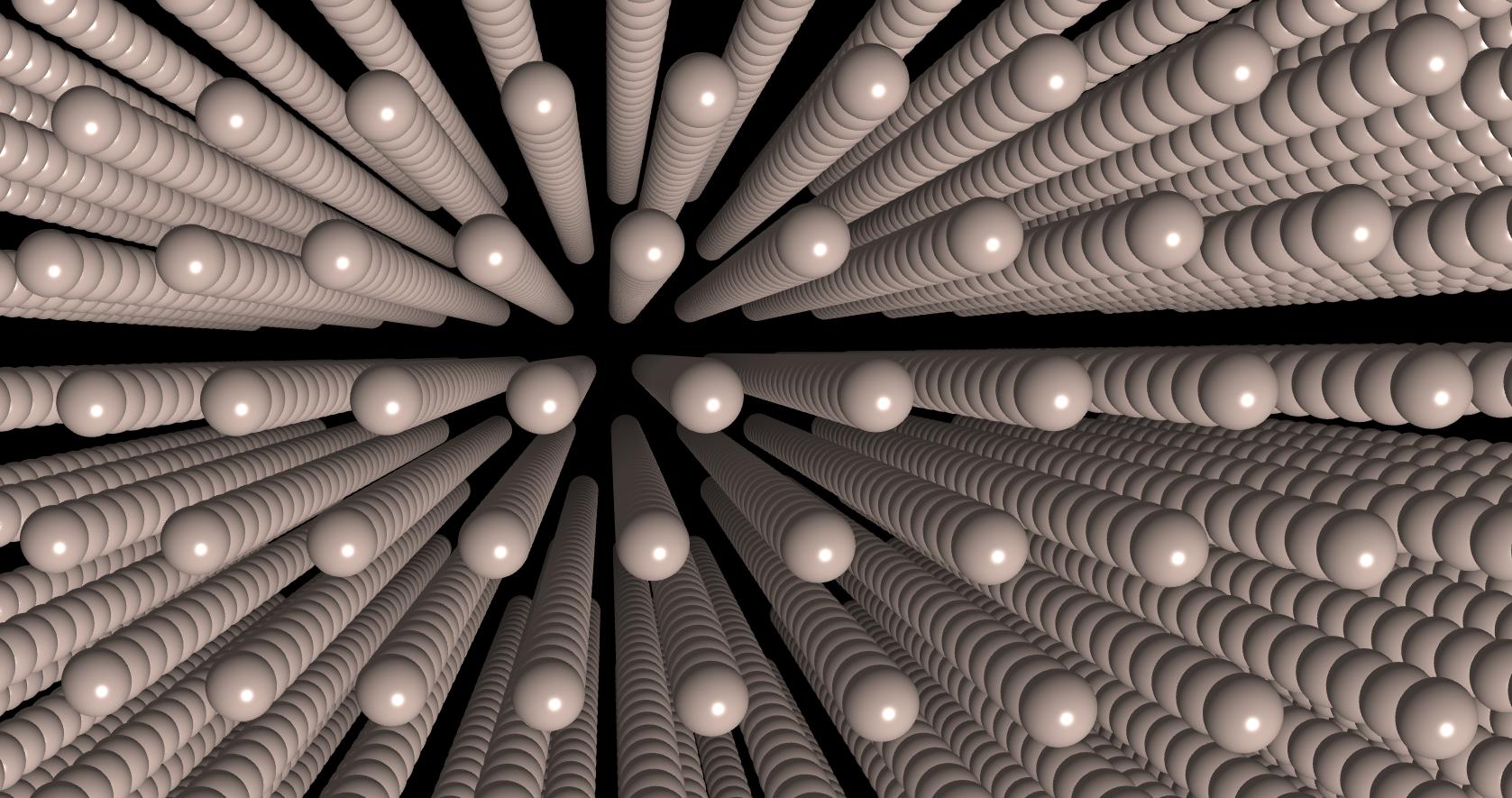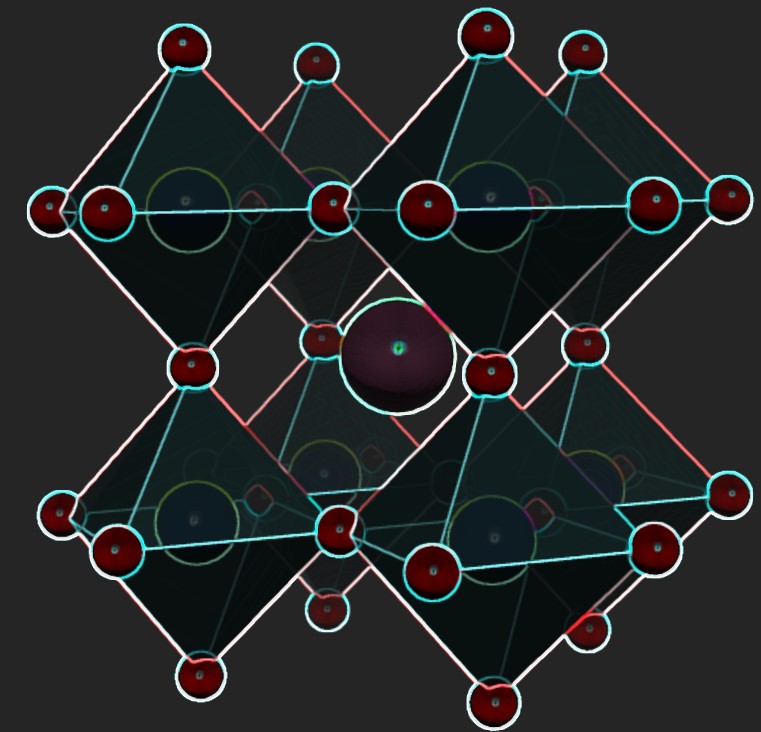
Group leader: Dr. Emilia Olsson
Materials Theory and Modeling
The Materials Theory and Modeling group investigates how atomic structure affects materials properties in the context of thin films and interfaces for nanolithography and beyond. Our goal is to be at the forefront of the design and optimisation of novel materials solutions utilising cutting-edge computational techniques. Using these approaches, we aim to push the boundaries of what is possible in materials science, developing application specific functional materials that have the potential to revolutionise industries. In tandem, helping to solve a raft of academic and industry challenges, driving us towards a more sustainable future.

Materials Design
The need for sustainable and high performing materials is ever increasing. Materials design plays a pivotal role in this transition, and future technologies cannot be realised without efficient materials. Using computational materials modelling, we study the smallest building blocks making up these next generation technologies.

Bridging the scales of materials modelling
The Materials Theory and Modelling group uses cutting edge materials modelling techniques to study materials properties from bulk to interfaces. Our research interests are focused on the atomic scale understanding of defect and interface induced materials properties and mechanisms, which we investigate in applications ranging from energy to lithography using standard and in-house developed approaches. Our group mainly uses density functional theory and molecular dynamics based techniques, being firmly based in the Ångström and nanometer regime. We also expand into larger materials modelling scales, embracing multi scale modelling and machine learning allowing a computational materials design framework to be used in our aim to understand and design interfaces from the atomic scale for next generation technologies.







